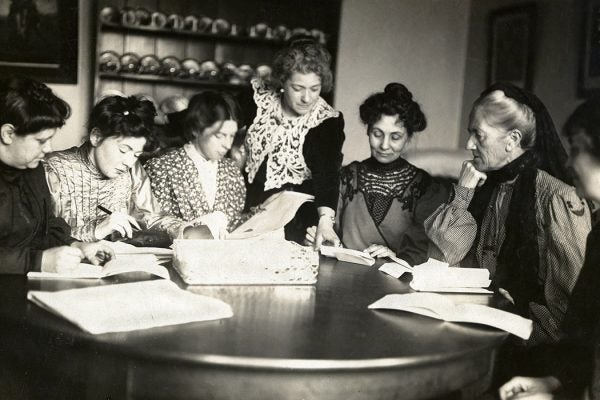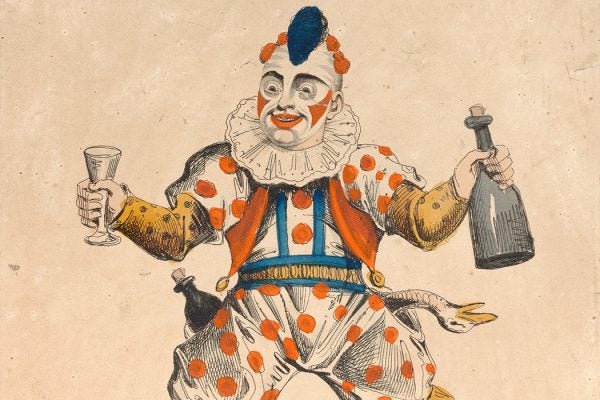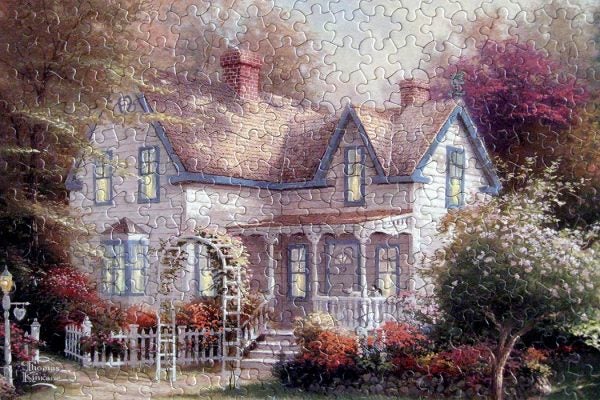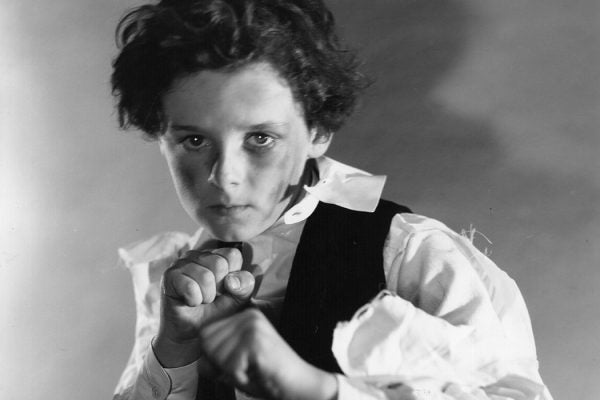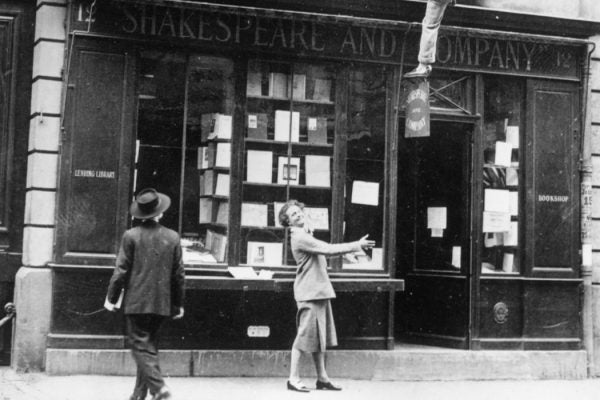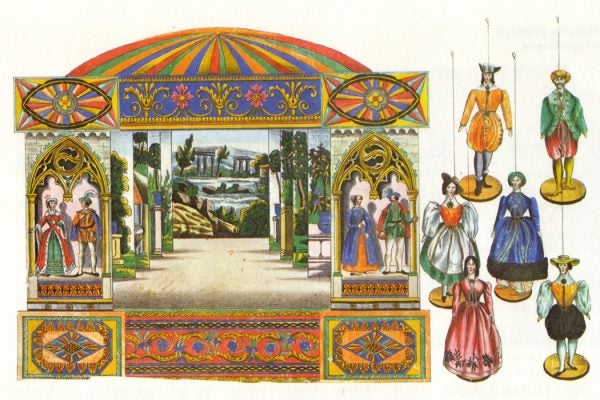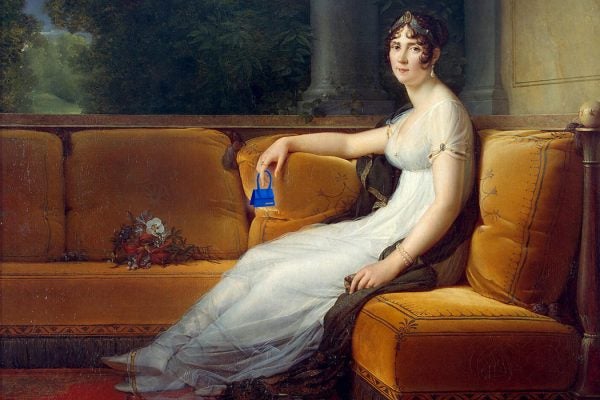Can a Woman Be a Genius?
Many Edwardian progressives and utopians put their hopes in the exceptional individual who was able to overcome obstacles with a force of will.
Here We Are Again!—How Joseph Grimaldi Invented the Creepy Clown
Every limb of him had a language.
What’s Behind the Pandemic Puzzle Craze?
Puzzles, or “dissected maps,” were invented in Georgian-era England, probably by a mapmaker named John Spilsbury in the early 1760s.
The Linguistics of Cooties (and Other Weird Things Kids Say)
The game of cooties lets children learn about the idea of contagion, but kid culture and wordplay aren't meant for adults.
The Masculinization of Little Lord Fauntleroy
The 1936 movie Little Lord Fauntleroy broke box office records, only to be toned down and masculinized amid cultural fears of the “sissified” male.
The Patron Saint of Bookstores
100 years ago, Sylvia Beach, the first publisher of James Joyce’s Ulysses, opened the doors to her legendary bookstore, Shakespeare & Co.
Paper Theaters: The Home Entertainment of Yesteryear
In the nineteenth century, enterprising toymakers developed a novel way to bring theater into the home.
Who Really Wrote The G-String Murders?
Gypsy Rose Lee, the most famous burlesque star of the 1940s, wrote a series of letters published by Simon & Schuster that may prove her authorship.
A Mini History of the Tiny Purse
The purse has always been political, a reflection of changing economic realities and gender roles.
Why Europe’s Oldest Intact Book Was Found in a Saint’s Coffin
The St. Cuthbert Gospel is the earliest surviving intact European book. Some time around 698, it was slipped into the coffin of a saint.
